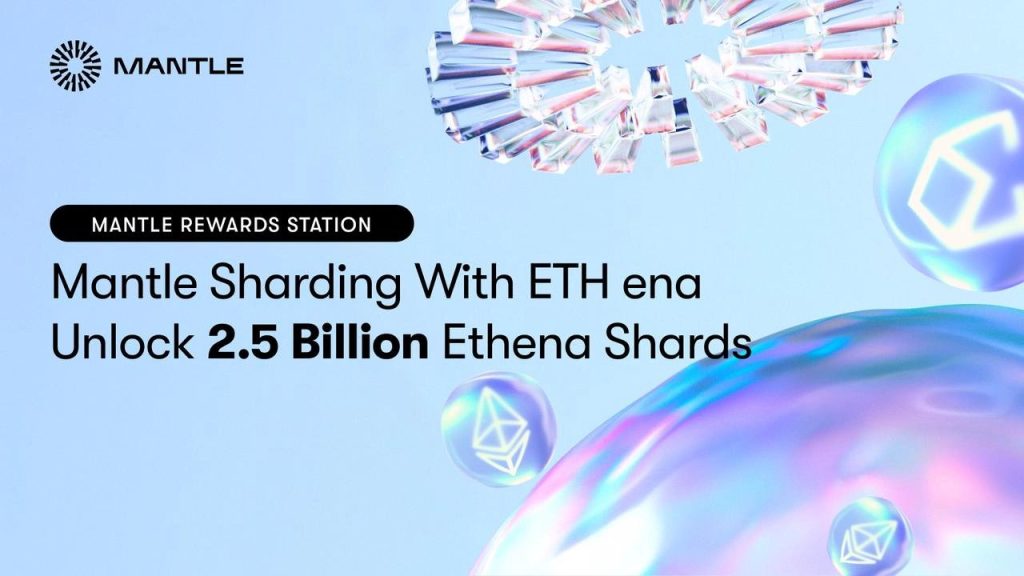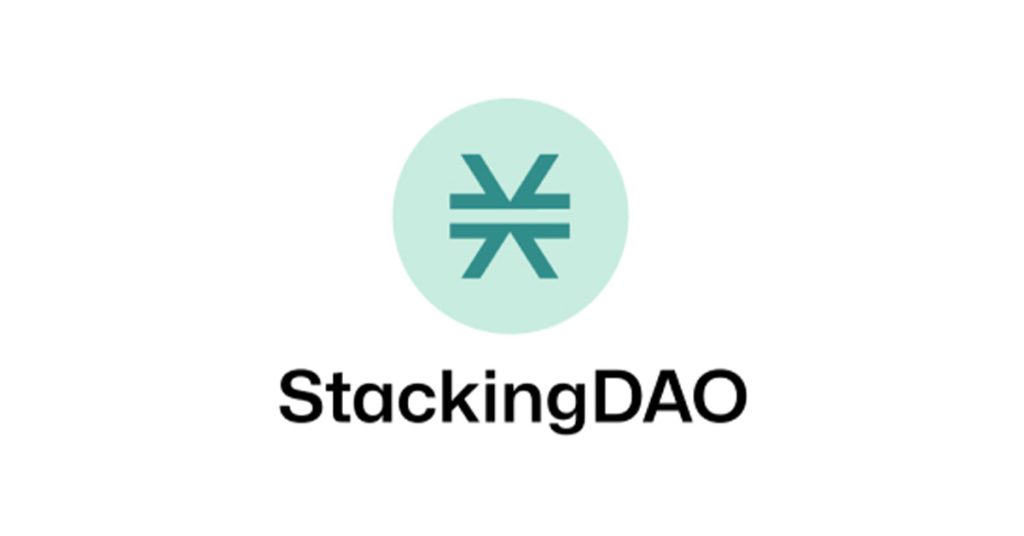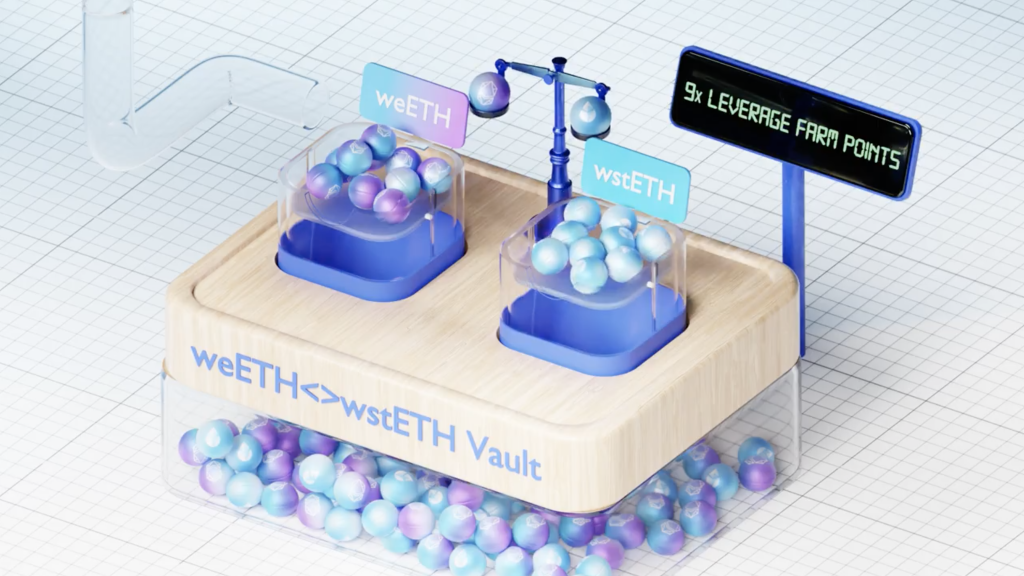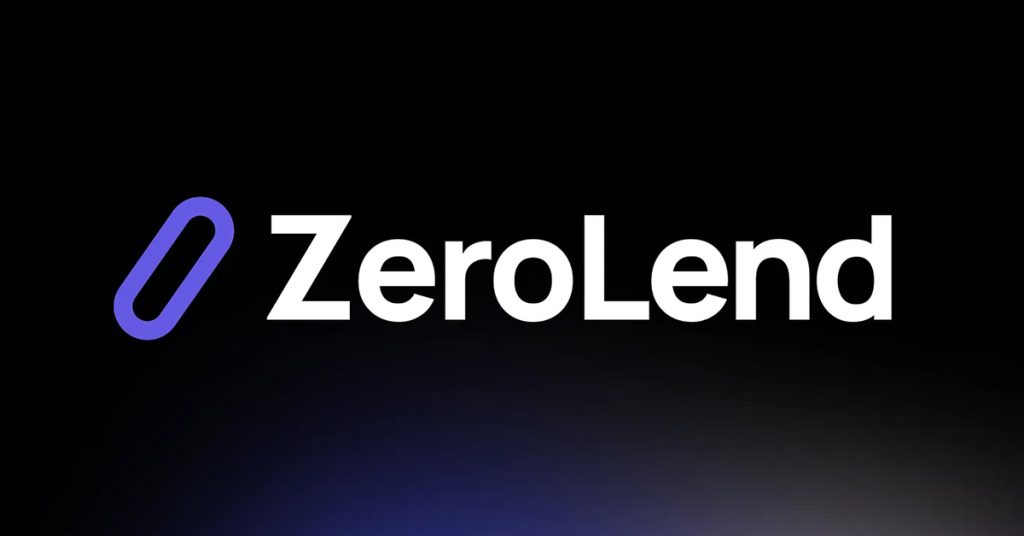How to Earn with Leveraged Liquidity Provisions on Alpha Homora by Defi Dad
In DeFi, one of the original applications and popular ways to earn was providing liquidity in Uniswap. Uniswap has grown to $1.3B in liquidity today, facilitating over $300M in trade volume on a slow day, meaning well over $1 million in fees earned for liquidity providers. In fact, Uniswap is on pace to earn $400 million in fees for its liquidity providers a year from now.

So why doesn’t everyone just be a liquidity provider? The answer is impermanent loss.
Impermanent loss is the result of how Automated Market Makers (AMMs) are designed. Liquidity providers deposit tokens into an AMM pool, based on a ratio, which is based on the market price of the tokens in the pool. Asset prices are constantly changed by the AMM pool in response to trading activities by participants. Ideally, a liquidity provider (LP) would like to receive the same amount of assets they deposited as when they withdraw, except with added fees earned for lending the pool liquidity.
For example, if ETH costs $600 USDC and I deposit into an ETH-USDC pool with 1 ETH + 600 USDC, I would hope to withdraw 1 ETH + 600 USDC + earned trading fees in the future, but the reality of so much trading activity, with prices moving up or down, is that whatever percentage of the pool I own will probably reflect a different ratio when I exit--unless the prices haven’t moved or the 2 tokens are correlated 1:1, moving in lockstep up or down in price. When tokens diverge (ie ETH/WBTC goes up and WBTC goes down), we incur this impermanent loss.
To put it simply, impermanent loss is losing











Responses